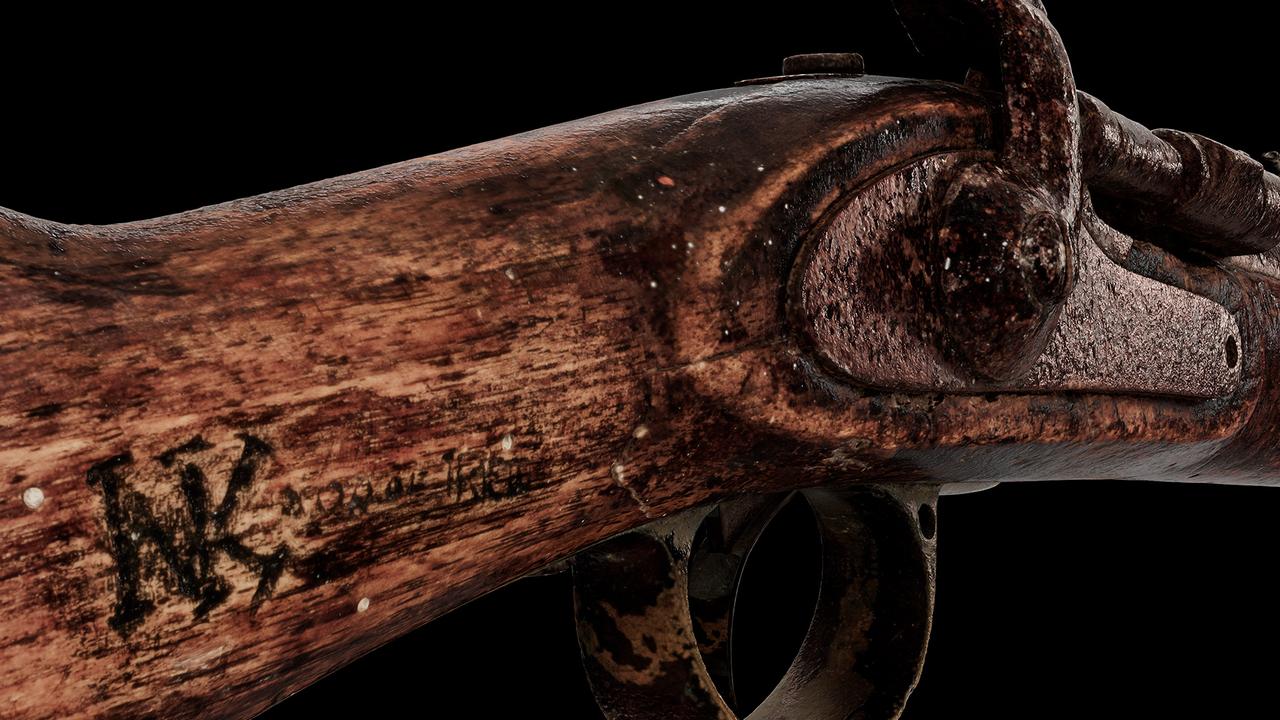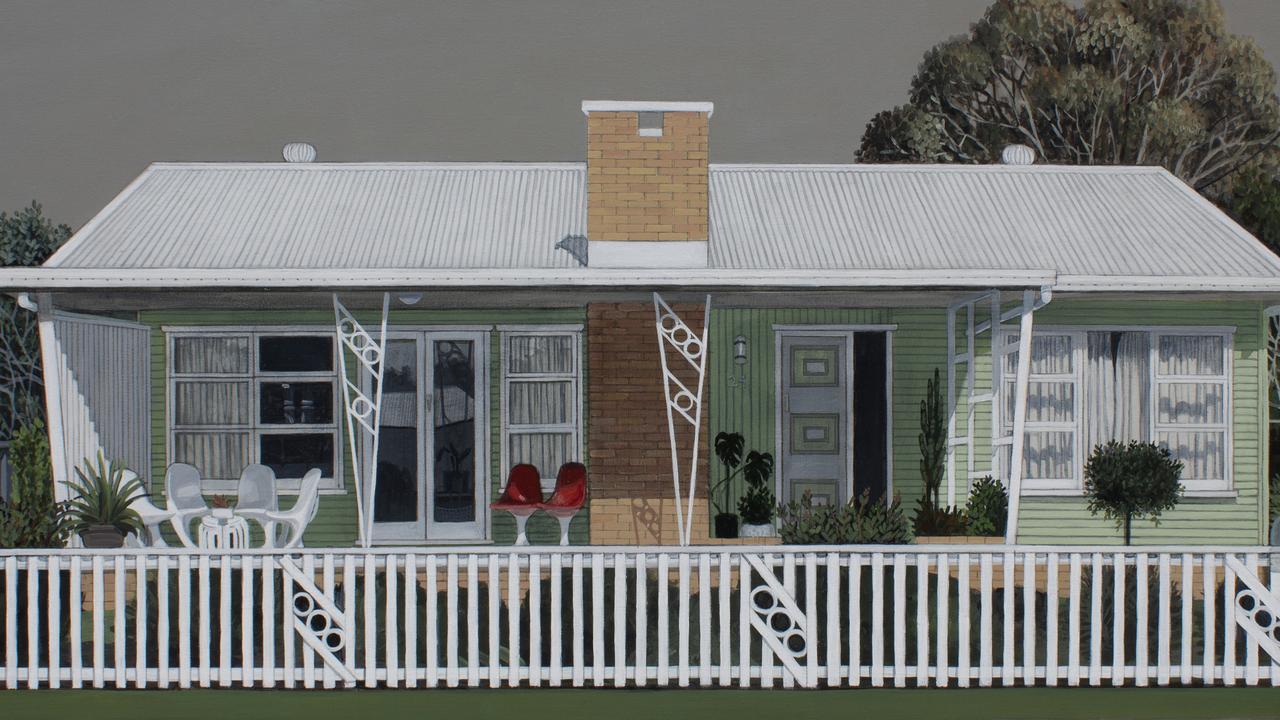Charlie Perkins portrait captures the bureaucrat and the activist
IN February 1965, a busload of Sydney University students, motivated by the US civil rights movement, travelled around regional NSW for two weeks.
IN February 1965, a busload of Sydney University students, motivated by the US civil rights movement, travelled around regional NSW for two weeks.
The journey was called the Freedom Ride, and was a protest against the apartheid-like treatment of Aboriginal people.
The tour, also inspired by the non-violent protests of Mohandas Gandhi and Martin Luther King, was meant to be peaceful but ended up being anything but. In several towns the students were met by hostile crowds and there was even physical violence.
At that time in the 1960s, even though the government was promoting policies of assimilation, Aboriginal people were still excluded from swimming pools, cinemas, cafes, clubs, and from housing in towns, according to historian and Freedom Rider professor Ann Curthoys.
"Habits of racism and segregation were deeply entrenched, especially in country towns," explains Curthoys. "Most whites thought of the Aboriginal people who lived on the outskirts as intruders who had to be kept out, severely circumscribed and controlled."
One of the leaders of the Freedom Ride was Charles Perkins, who would later become the first indigenous person to graduate from university and to head a government department. He would also become renowned as a spokesperson and fighter for indigenous rights.
Artist Robert Campbell Jr was just 21 when the Freedom Ride visited his community at the Burnt Bridge reserve near Kempsey. Twenty years after that visit, Campbell painted a portrait of Perkins, representing him at a land rights rally, microphone in hand.
Campbell's portrait of Perkins was purchased in 1991 by the Sydney University Student Union. The portrait usually hangs in the university's boardroom, alongside more sombre, less-dazzling depictions of important university figures.
However, Charlie Perkins is now on public display as part of an exhibition, Freedom Riders: Art and Activism 1960s to Now at the University Art Gallery. Curated by Matt Poll and Katie Yuill, the exhibition runs until September 25.
The portrait highlights the influence and legacy of Perkins, who died in 2000. With its distinctive graphic style, Aboriginal colours and linear dot pattern, it celebrates a connection to traditional Aboriginal culture and projects an uncompromising message, says Poll.
Campbell, who died in 1993, said of his work: "I am painting to show people, Aboriginal people and even the whites, what truths took place in my life time, for example, being fenced off at the pictures; the dog tag system. I am telling the stories, the struggle of Aboriginal people, tribal and others, through my life."
Ann Stephen, senior curator at the University Art Gallery, shows me the painting and says Campbell painted this portrait the year Perkins turned 50.
"I think it is interesting that Perkins was a Canberra bureaucrat but here he is represented with a T-shirt on, fronting a rally and, as people would know, Charlie Perkins always had one foot in the Canberra bureaucracy and the other foot on the street, as it were. So that is very much what Robert Campbell Jr captures.
"It is highly decorative and it almost has a stick-figure naivety to it but in fact there is a very sophisticated space and formal organisation underpinning his painting, so it is quite deceptive. It is a great match of locating an individual within a social movement and in that respect it is both a portrait but also a history painting.
"It captures that particular moment in the late 80s very strongly. I think it is a terrific portrait and, in a sense, portraiture is one of the most conservative genres but it is as though this really sings."
A lunchtime conversation with the exhibition curators and artists will be held at the University Art Gallery on August 24, from noon to 1pm. For more details and for the gallery's location go to sydney.edu.au/museums.
Robert Campbell Jr, Charlie Perkins, 1986, University of Sydney Union collection. On display, the University Art Gallery, University of Sydney, until September 25.


